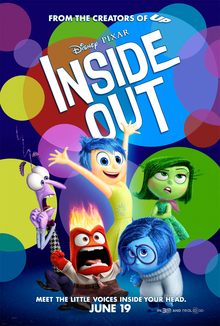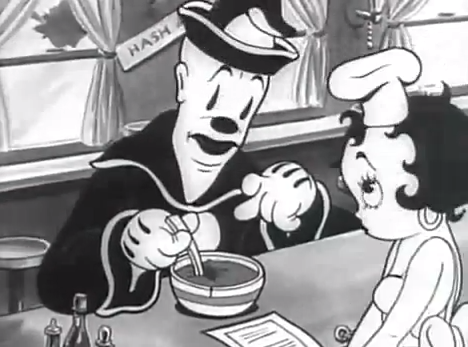In today’s lesson I have started to plan for my final animation.
My final animation is going to be a stop motion using Lego friends characters, I am using Matthew and Mia.
The story of my animation is that Matthew and Mia meet up at a cafe and Matthew sees a drink that is already at a table so he and Mia goes to that table and even though the drink is already half empty Matthew wants to try it, so he goes and grabs it of the table. Then before Mia sits down she notices that there is a new flavor of strawberry milkshake so she gets one of them and a chocolate cupcake and sits down back at the table with Mathew. Once they have finished they put there cups in the sink and wave bye to each other and leave the cafe.
The video below is where I got my inspiration from to do my stop motion animation. I chose this kind of animation because I have the most resources at home to complete it, which is useful. Another reason I chose this animation is because when I was younger I used to play with Lego many times and still do occasionally so I liked the idea of using Lego for my animation.
Resources for my animation
Lego friend characters Mathew and Mia.
The Lego friends cafe set.
The app on my phone called I can animate lite.
Bluetac to stand my phone in the same position.


Planning
As you can see below I have a drawn storyboard as part of my planning for my final major project.



The picture above was took as I was drawing my storyboard to give me a good visual idea for when I take the actual frames for the animation. This helped me to know if I needed to re-position my Lego figures so they end up at the right place on the set so it would flow in the final product.


In my opinion I have spent a bit too much time on my storyboard, although it has given me an approximate idea of how long my stop motion animation will last. I think that the animation will last for at least 1 minute.
However, once I completed my storyboard I realized how many frames I am going to have to take but I do have about 2 weeks left to make my final project which I think will be enough time to complete it.
Furthermore, on my story board I have drawn some of my set to get an idea of what position I should put my Lego figures, Mathew and Mia, in for when they walk, sit and eat but overall, I know that my storyboard will help me when it comes to taking the pictures for the making of my final major project.
Planning 2
The next part of my planning included practicing my animation before I take my frames for my actual animation. What I mean by this is that I moved some of the Lego figures in their positions by using the storyboard then if the scene didn’t look didn’t look quite right I could make a few changes to the storyboard. Although, when I practiced I didn’t feel like I needed to make changes to my storyboard therefore I didn’t.
Throughout the practicing I took some pictures of certain frames. This will also help for when I take the actual frames for the final animation.
Below are the pictures I took.




During the practicing it helped me get my head around what position to place the Lego figures to create a flowing pattern in the final product (so it looks like they are walking, sitting, standing etc.).
My completed animation
When I was planning my final animation I realized how tricky it was going to be to complete the whole project. Considering I had only 2 lessons left to complete this I decided to use the app “I can animate” instead of my original idea which was taking the pictures then turning into an animation on Photoshop.

As I was making my animation I tried following the sequence of the storyboard. However, I realised I didn’t include any camera angles on my storyboard but I was already halfway through and I didn’t have enough time to redo it all. So I just kept my phone in the same spot for the entire shots, to ensure this I placed a small amount of blue-tac on the desk and placed my phone on the edge of it so it wouldn’t lean forward.

The picture above is what the set up looked like although instead of the wires it would be a Lego set in front of the camera.
Below is a screenshot of the layout of ‘I can animate’.

This app was really good to use as it showed the previous frame that was took, which is useful for this kind of animation so I am happy that I chose to use this app because if I chose to use Photoshop I would have had to take many pictures on my camera and then they wouldn’t have flowed because I will have got the Lego figure (for example) in the wrong position and if this happened it would just look like a practice version not the real version. Also, if I chose to use Photoshop I think that it would’ve took me longer that 2 lessons to complete.
Issues I had whilst making my animation
In the making of my animation I experienced a few problems for example the Lego figures kept falling over. I fixed this issue by using blue-tac bottom of the Lego figures. Moreover, as I was in the process of the sitting down frame Mathew and Mia kept falling over especially Mathew when Mia was walking to get her milkshake (She had to walk past Mathew who was sitting down at this point.) So because of this I also stuck blue-tac on their bottoms so they would stay in the place I wanted them to stay.
The picture below shows this situation.


Improvements
My animation went according to plan from my initial idea, I just added a few bits to it as well such as Mia getting a milkshake and cupcake and consuming them.
Although, I think I could make some improvements such as I forgot to include camera movements into my storyboard but I was already halfway through therefore if I had more time I would include them into my storyboard then use them for my animation so I am able to focus on one Lego character whilst the other moves somewhere else.
Another improvement I would like to make next time is add more frames and more of a story to it and in my story board I included speech bubbles but once I completed my animation on “I can animate” I realised that you can’t add text on the top so if I had more time I would reconsider using Photoshop to create my animation.
Overall, I think I have done a good job on my stop motion considering that I only had a short amount of days to create and plan it.
My final animation





























